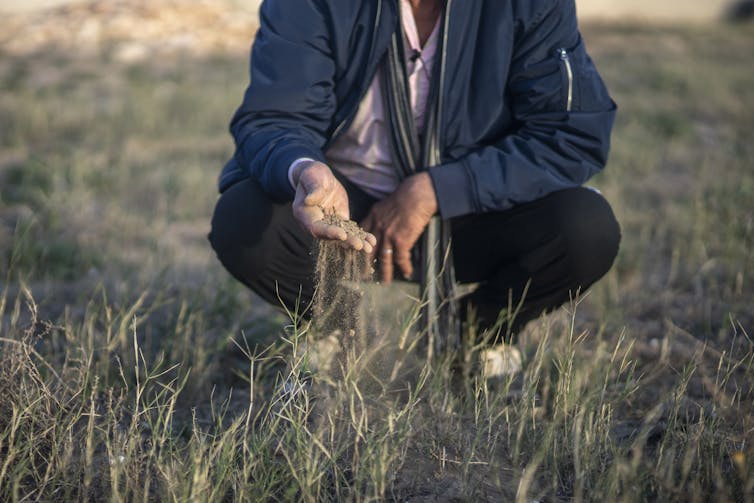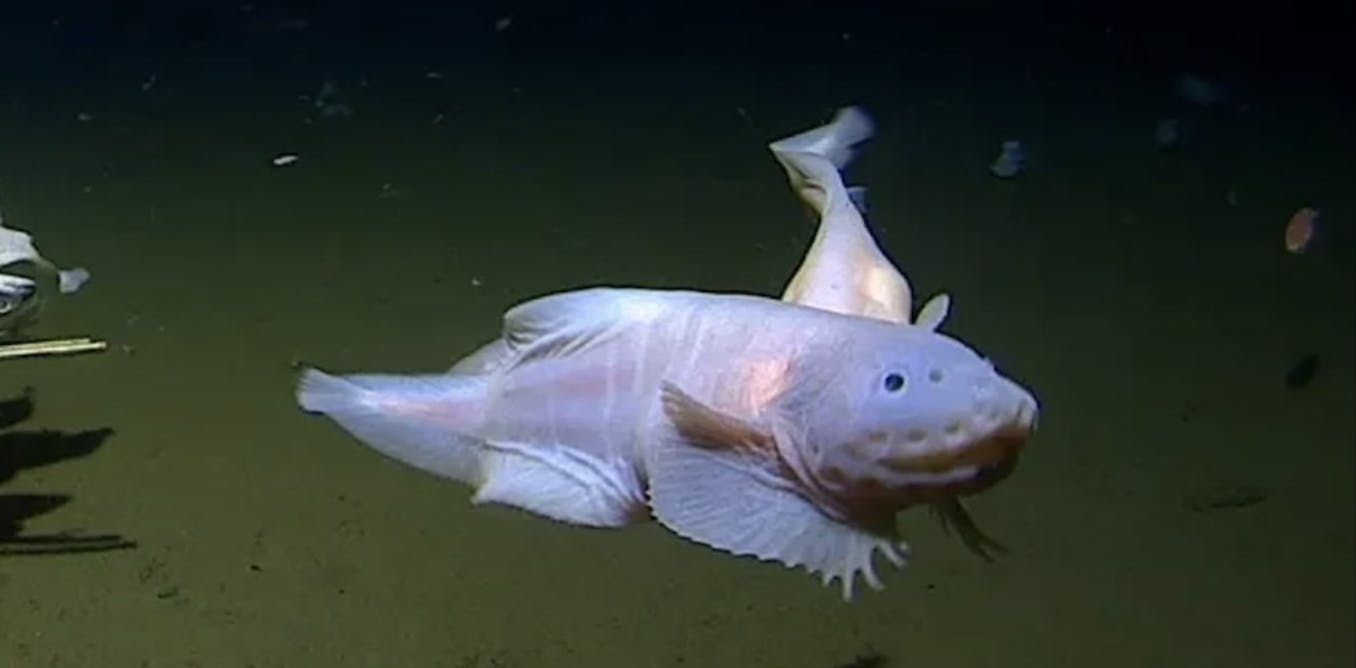In 2015, the United Nations adopted the Sustainable Development Goals (SDGs) as a “call to action” in “global partnership.” By 2023 it appears that our progress has been far from satisfactory in achieving these goals.
Setbacks due to natural disasters, rising costs, armed conflicts, and the COVID-19 pandemic have even reversed progress already made on some of the goals.
The UN 2023 report concludes that aspects of sustainability (environmental, economic, and social) should be considered as a whole to bring about meaningful recovery. Science is identified as the vehicle for that change. But it must be “multidisciplinary, equitably and inclusively produced, openly shared, widely trusted and embraced, and ‘socially robust’ – relevant to society.”
The report also shows that progress in other areas of development can negatively impact land — and the life that depends upon it. Furthermore, terrestrial ecosystems are at further risk due to climate change, landslides, earthquakes and environmental pollutants.
What is dirt? There’s a whole wriggling world alive in the ground beneath our feet, as a soil scientist explains
To improve the quality of life for both current and future generations we have to protect, restore and promote sustainable land.
Scientific principles are available
To manage our environment, we need to understand the relationships between atmosphere, soil, and pollutants at local and regional scales — and also across time.
The grounds surface — excluding many manufactured surfaces like concrete — is like a membrane that allows the migration and retention of air, water, contaminants and heat.
Every type of human development activity including commodity extraction, building roads and urban facilities, agricultural practices and even the containment of mining and municipal waste is affected by the porous nature of soils.
(AP Photo/Mosa’ab Elshamy)
We know that the removal of groundwater results in soil settlement. On the flip side rainfall causes landslides as the excess water pressure breaks down the soil’s structure. Moreover, seasonal weather causes both wet and dry cycles and freeze and thaw cycles which generate repeated soil shifting.
It is essential that we as scientists and policymakers consider the geology, climate and environment to help predict soil behaviour at a given site.
Canada has capacity and experience
Canada possesses the second largest landmass on the planet and is home to a wide variety of soils including clay, loess, organic peats, glacial tills, aquifers and even deserts and permafrost. This huge variety of ground conditions presents unique challenges at each location.
Over the decades, engineers have met these challenges through the development of methods to avoid soil failure in major projects with examples ranging from the Downie Slide in British Columbia to the Confederation Bridge linking New Brunswick with Prince Edward Island.
Baltimore bridge collapse: a bridge engineer explains what happened, and what needs to change
The success of large and lengthy projects is directly the result of the willingness of planners, scientists and policymakers to work across diverse disciplines, accommodate regional experiences, broadly share information and use observation to continually improve. All together, this has generated an extensive body of empirical data.
The logical next step is to develop a scientific framework that can address complex atmosphere-soil-contaminant interactions. Such a context can be applied to almost any situation involving various types of fluids and solid particles.
Take, for example, the case of tailings storage facilities. These facilities contain waste slurries (residual solids in processed liquids) often for many decades after the mine they originally served has closed. The experiences of dam breaches at Mount Polley, B.C. and Brumadinho, Brazil raise acute public concern over the conventional disposal of mining wastes.
A clear understanding of the interfaces between soil particles and polluted liquids in wet, dry and frozen states will provide a foundation to devise new methods to reduce building projects’ required footprint and risk of failure. Similar specific solutions can be developed to reduce the impact of deicing salts on roads, fertilizers on farmland and terrestrial oil spills.
Sustainability makes socioeconomic sense
The Canadian Critical Minerals Strategy accelerates the extraction of critical minerals, however, it also requires safer tailings management across all stages from opening to long after the mine closes.
Likewise, the design of urban infrastructure in light of climate change and the management of agriculture lands is critical to restore societal confidence while ensuring we meet our target of net-zero emissions by 2050. Scientific solutions can enable economic growth and address environmental issues at the same time.
Applying new methods in the field will need public approval. We will have to work together within our communities to usher in a new era of socially robust science to safeguard our lands. At the same time, we should strive to transfer local experience into knowledge that can combat global challenges.




